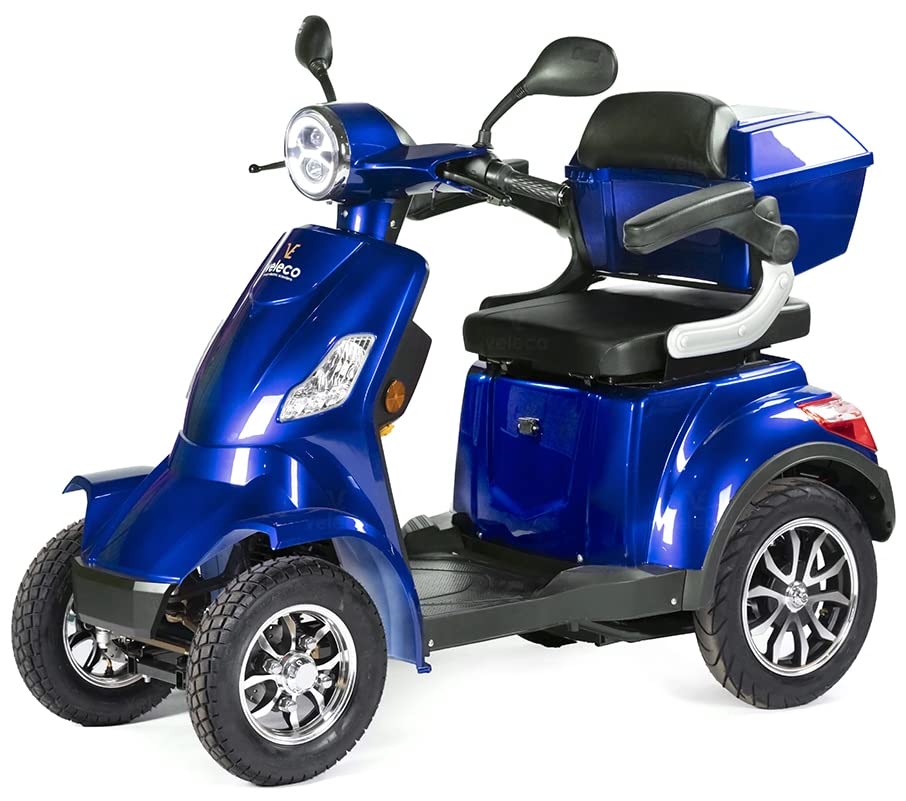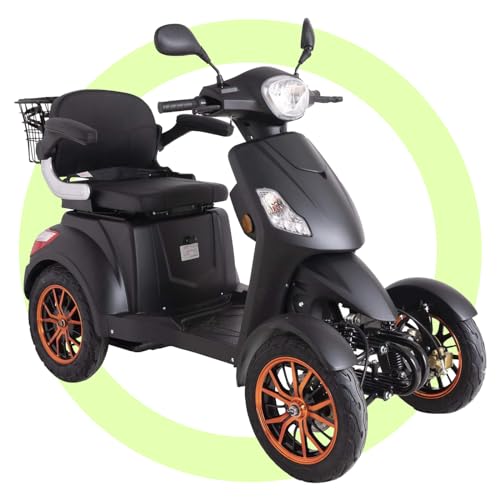15 Secretly Funny People Work In Mobility Scooters On Pavements Law
페이지 정보
작성자 Lee 작성일24-06-04 08:42 조회26회 댓글0건본문
 Mobility Scooter Laws
Mobility Scooter LawsMobility scooters are a common mode of transportation for individuals who need a safe and efficient means to navigate their surroundings. However, it is essential for users to be aware of and understand local rules and regulations regarding road travel.
Generally mobility scooters are permitted to be used on sidewalks as well as pedestrian walkways. However, they must be considerate of pedestrians and avoid travelling at speeds that may cause traffic congestion.
Class 2 and 3 scooters
There are many choices to consider when you are looking to purchase mobility devices for you or someone you love. It is essential to select the appropriate type of mobility scooter, since there are restrictions on the size and radius of turning when using public transport. There are also speed limits on sidewalks. It is important to know the distinction between Class 3 and Class 2 scooters as they are designed for different environments and requirements.
Class 2 scooters have the maximum speed limit of 4mph and are specifically designed for indoor use. They are perfect for shopping trips, paving and for navigating urban areas where space is restricted. As opposed to Class 3 Scooters they don't require registration with the DVLA. They cannot be used on roads (except in areas where there is no pavement). Class 2 mobility scooters could be a great choice for those who commute short distances regularly or My Mobility Scooters who are worried about their weight.
For those who require an alternative to mobility that is more flexible, the Class 3 scooter can be used on the road at speeds of up to 8mph. They must have an option to limit their speed to 4mph on the pavement and should not be driven in bus lanes or on 'cycle only' cycle routes. Dual carriageways are best pavement mobility scooter avoided, but if they are necessary for safety or if you are equipped with an amber flashing lamp, then you can make use of them.
Class 3 scooters are more expensive than those of Class 2 due to the fact that they must meet higher specification requirements for road use. They also need to have effective brake systems, lights, indicator and a rearview mirror. This additional functionality and safety is evident in the cost however it is an investment that will provide increased independence for those who are not capable of driving a car or walk for long distances. You might also need to travel further in order to catch up with family or friends in certain situations.
Pedestrians
Mobility scooters provide people who have limitations in their physical or sensory abilities an easy, safe way to travel. While they provide a good degree of autonomy however, they must be operated with care to protect the safety of other users as well as to avoid breaking any laws.
One of the most frequent questions regarding mobility scooters is whether or not they can be driven on roads. The answer varies based on the local laws and ordinances. Many municipalities prohibit mobility scooters from using city streets and sidewalks. Furthermore, the majority of mobility scooters aren't designed to keep pace with traffic, so operating them on busy streets can result in an accident that could seriously injure the rider.
On sidewalks, mobility scooters must operate at a rate that is in line with pedestrian traffic. Additionally they must yield the right of way to pedestrians and make an audible signal if they plan to pass them. It is also important that scooter users obey all posted signs and regulations pertaining to pedestrian routes and crossings. This will increase safety for both pedestrians and scooter riders.
Class 2 scooters should be limited to 4 mph. They are commonly used on pavements. They are therefore a greater risk to pedestrians than bigger scooters. This is why it's important for scooter owners to drive with caution and be aware of other riders. They should also park their scooters in areas where they don't hinder pedestrian traffic or hinder access.
In general it is not recommended to operate a mobility scooter on any trails or paths that are designated for bicycles. Additionally numerous state parks and other outdoor destinations have restrictions on the use of motorized scooters. These restrictions are intended to protect the environment and prevent accidents that could hurt or injure scooters and other pedestrians. In addition, most cities have laws prohibiting the operation of scooters on busy roads.
Parking
Mobility scooters give Discover Freedom with the Portable Drive Scout Scooter and independence to thousands of individuals across the UK. There are some laws that must be observed when using these vehicles. This includes respecting parking regulations, yielding to pedestrians, and making sure that other users. The rules also ensure that mobility scooters are properly maintained, and do not obstruct sidewalks or pedestrian walkways. When transferring from road to pavement, it is important to be extra cautious. This is particularly true if there are no dropped kerbs nearby.
In general scooters should not be used on the road unless they are class 3 and specifically designed for road use. They should never be utilized on cycle or bus lanes and should not be driven at speeds exceeding 4 mph. If you intend to use your mobility scooter while driving, it is a good idea to equip it with reflective materials and lighting, so that you can be seen more easily.
While mobility scooters aren't required to be fitted with a helmet however, it is recommended you wear a helmet to ensure security. This will allow other drivers see you, particularly in dim lighting conditions. It is also recommended to avoid the use of headphones and mobile phones because they can distract you from the surroundings. You can also improve your visibility by putting up an emergency flag or wearing reflective clothing.
You must also keep a reasonable pace when using your scooter on sidewalks and pedestrian pathways. This will ensure the safety of other users and avoid accidents.
There is no need for to have a permit to operate mobility scooters, however you must be familiar with the local laws before using one. In the majority of places, you can only use them on sidewalks or designated pedestrian walkways. You should not use them on the road. Always adhere to traffic signals, obey instructions and wear a helmet for security.
Many people aren't sure of the laws that govern mobility scooters in their area or city. There are a variety of sources available to help you determine the proper regulations for your area.
Accelerate
My mobility scooters scooters should not be operated at speeds greater than the normal pedestrian traffic on sidewalks. They must also give way to pedestrians, and signal before overtaking or passing them. They should also be fitted with safety equipment, and be aware of pedestrians who may have impaired vision or hearing. The use of reflective clothing or accessories is encouraged to improve visibility in dimly lit or dark areas.
A number of regions have set speed limits for mobility scooters on sidewalks as well as other designated pedestrian zones. These limits are usually set at the same rate as a brisk stroll, which is safer for pedestrians and scooter users. In addition, scooters must be equipped with functional lights and reflectors to make them visible in low light conditions or at nighttime.
Local governments might require scooters to be registered and insured like motor vehicles. This ensures that they comply with local regulations, and minimizes the chance of accidents. However, most mobility scooters aren't made to be used on roads and their use increases the risk of damage or injury to other road users.
While there aren't any laws prohibiting the use of mobility scooters on roads however, it is generally recommended to only use them when absolutely necessary, and not at speeds that could endanger pedestrians or other vehicles. Priority should be given to pedestrians, and especially those who have visual or hearing impairments. They might not be aware of you until it's too late.
Mobility scooters must always be operated at an appropriate distance from other vehicles, and if they're intended to be used on the road they should be fitted with a pressure sensor on the tyres or some other device to warn drivers of low pressure. Regular inspections are also essential to ensure they're in good working condition.
Although it's not legally required to have a driving license for a scooter, some individuals opt to apply for a learner's permit to help them practice their skills and get used to operating this kind of vehicle. This is a great opportunity to gain confidence and establish proper riding habits before becoming eligible for an official license. While the requirements for a learner's permit are different, they usually require a driver's test and gaining knowledge of basic road rules and laws.

댓글목록
등록된 댓글이 없습니다.

